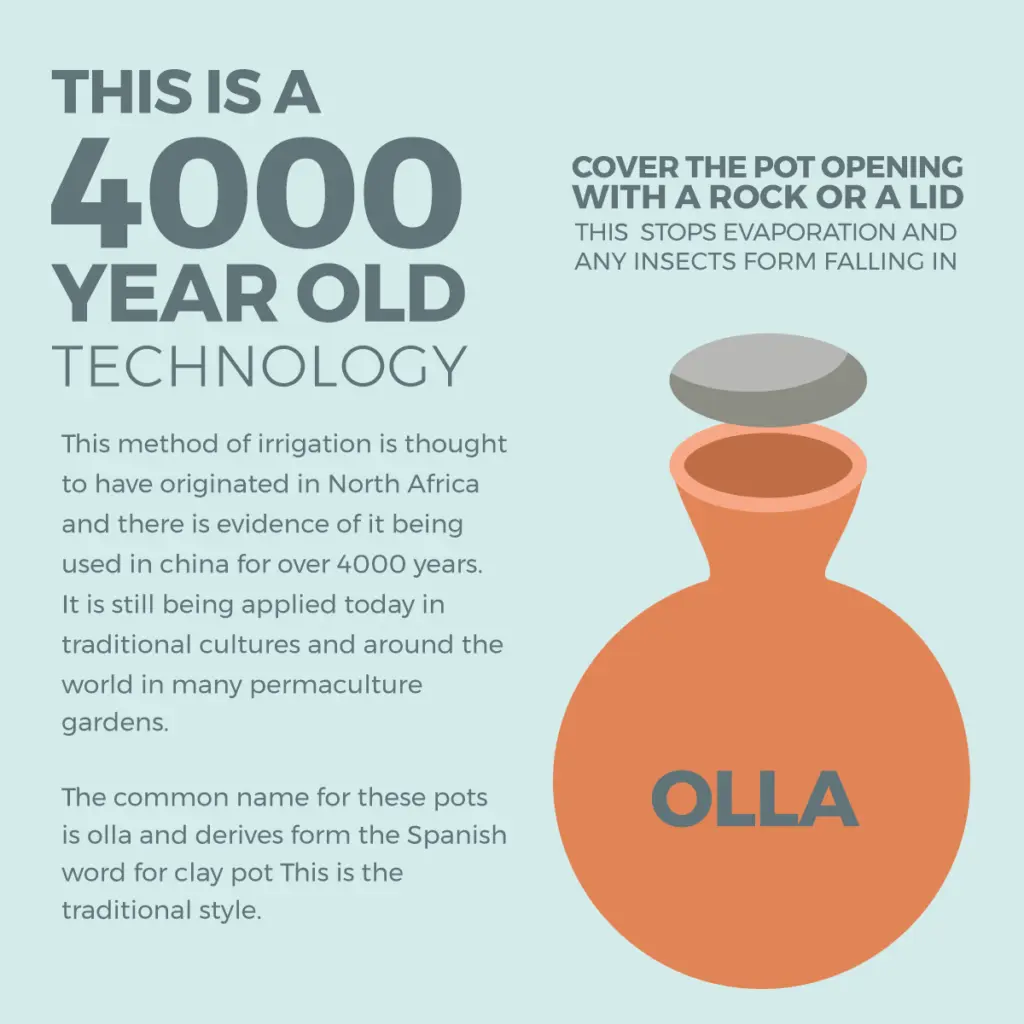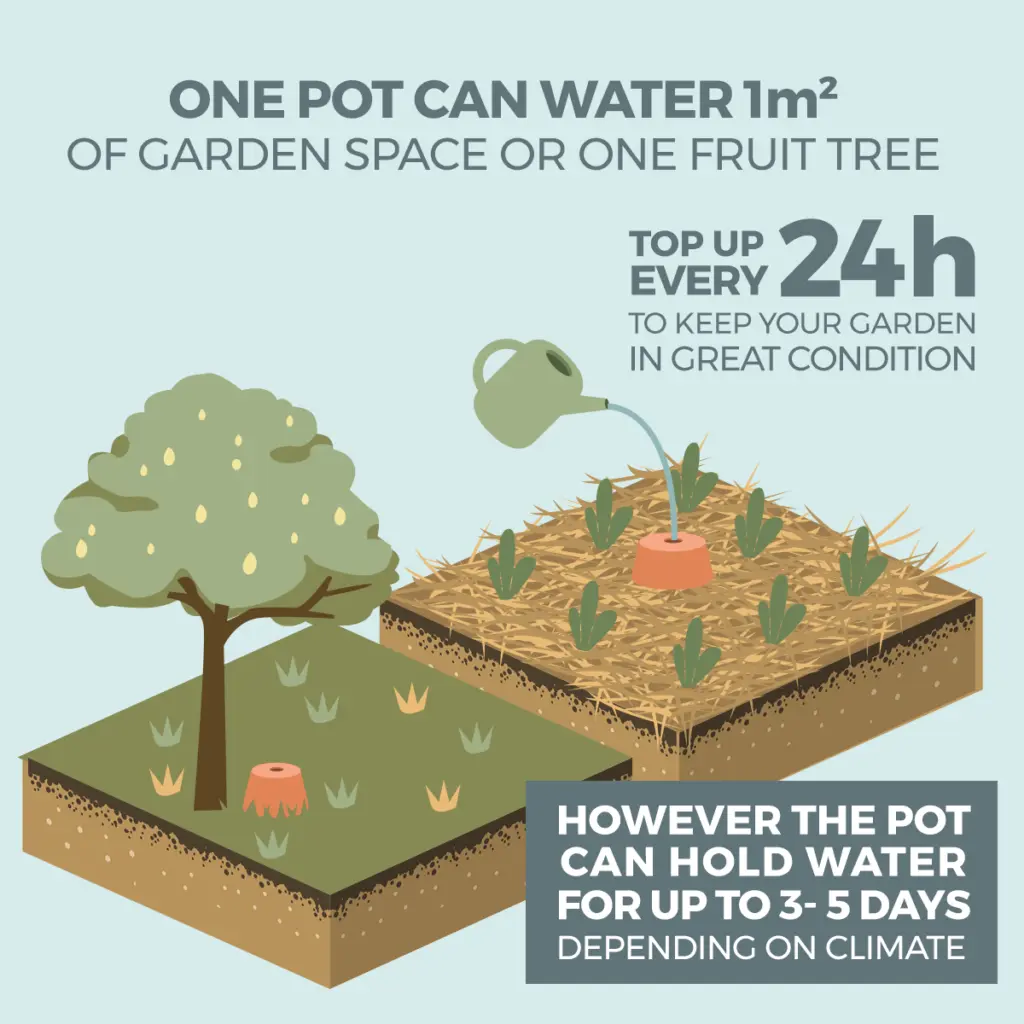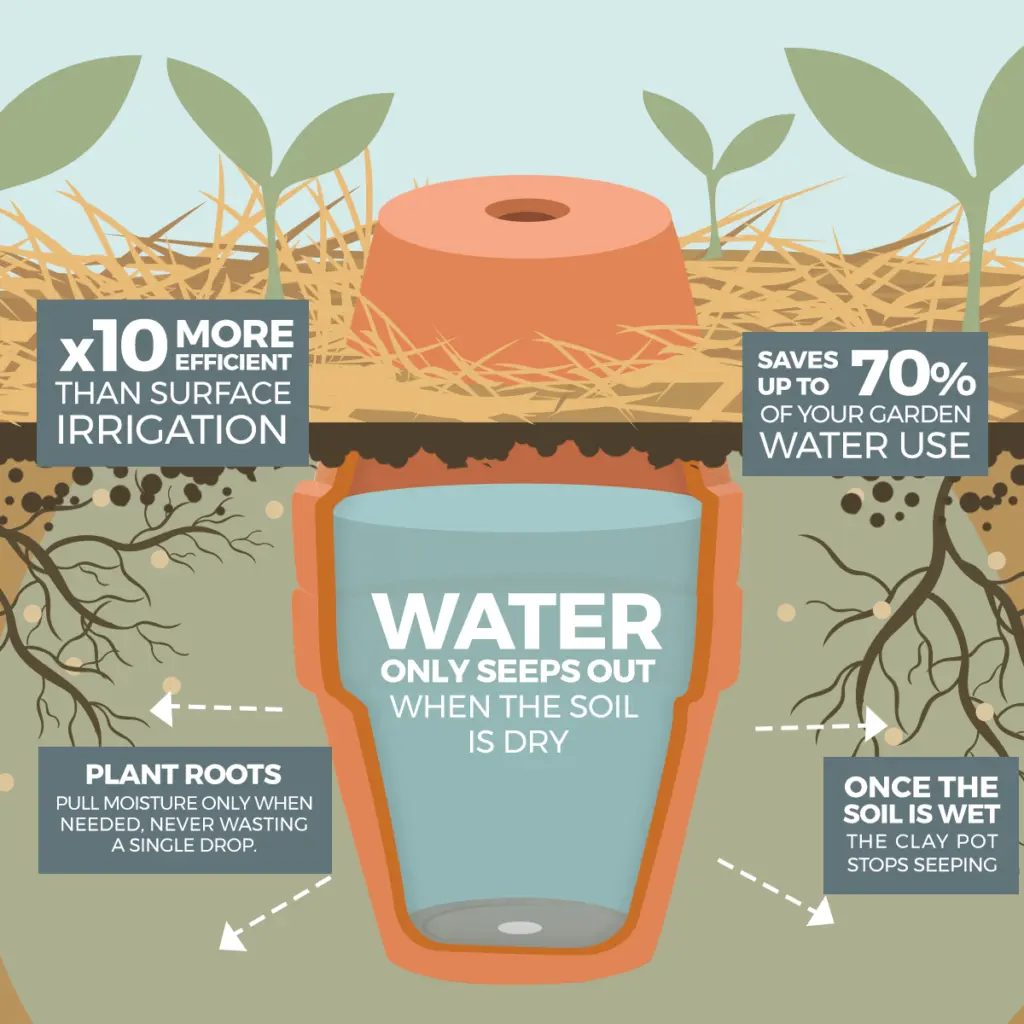I just thought I would share some different solar projects I think are interesting.

Terracotta Solar:
"Designed to be indistinguishable by the naked eye from regular terracotta roof tiles, “Invisible Solar” tiles are made to improve the energy efficiency of heritage buildings without compromising their historic appearance.
They make each tile out of a non-toxic and recyclable polymeric compound they themselves developed, and the tiles allow for sunlight to pass into a hidden bank of photovoltaic cells without the human eye being able to tell they are translusent." | Good News Network

Apartment Balcony DIY Solar
If you have a sunny apartment balcony and have ever been interested in solar, there are many options; including some designed to look like privacy walls. It is supposed to be as easy as strapping on and connecting the panels, then plugging the system into your outdoor wall socket.
“In the best case scenario, a 600 W balcony panel pays for itself after just a few years,” said Hermann Dinkler, an energy expert at the German technical inspection association TÜV. With a shade-free southern orientation, an optimal inclination angle of 35 degrees without shade and 2,000 kWh of electricity consumption per year, a typical 600 W system pays for itself after about five years, according to German institute HTW Berlin. - PV Magazine
To find out if solar would work for your apartment balcony, make sure to do the calculations(such as with a solar panel calculator), ensure you have an outdoor socket, and check the rules of your building.
 (Image Source)
(Image Source)
Solar Glass Bricks
These ones (amusingly) do remind me of the 1980s glass brick wall fad, but these are made to used to replace windows or other glass in office blocks, buildings and even bus stops. The inventors at Build Solar think they look better than solar panels and take up less space, so could be an eco-friendly alternative to current building materials.

Adding Solar to More Devices
The company Ambient Photonics showcased a bifacial solar cell. It can harvest from both the front and back simultaneously, and aims to charge small electronic devices; such as remote controls. It is supposed to work even in low-light, including indoors.
Its flexible and thin design means it could work in many different device types.
Funnily, the tech is reminding a surprising amount of people of the solar-powered calculators that used to be everywhere.







 (
(









It looks like there are some! https://www.repaircafe.org/en/visit/